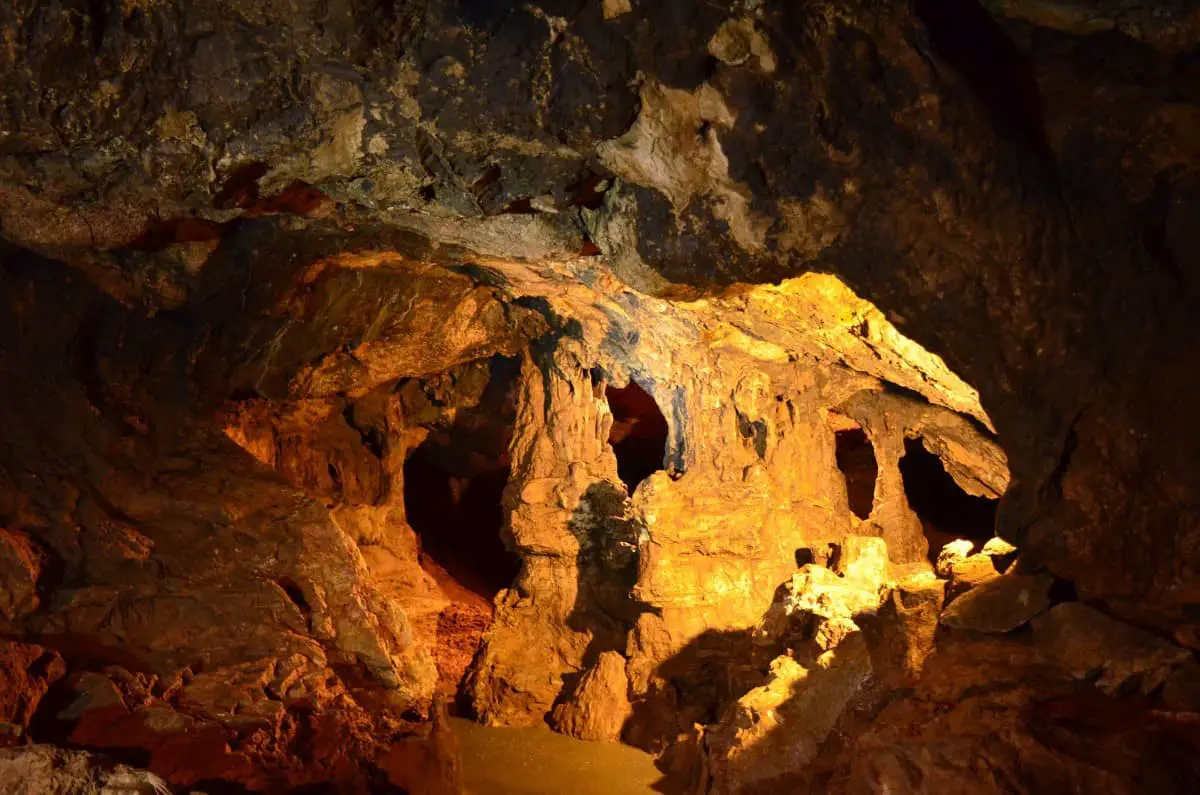The natural world is full of amazing things, and one of nature’s most fascinating secrets are caves. Caves are everywhere, hidden under mountains and forests, along coastlines, inside frozen glaciers, and even sand-filled deserts. Many can’t help but wonder, “If caves are found in all these places, are there different types of caves?”
Are there different types of caves? The answer is yes, there are many types of caves in the world. Every landscape has its own type of cave and each type has its own fascinating science behind how it came to be. Melting ice, crashing waves, and volcanic eruptions are just a few ways caves can be created.
Caves are one of the last frontiers of exploration in developed countries and with good reason. Caves can be dangerous and the people brave enough to enter need to know exactly what kind of world they’re about to get into.
If you’re interested in caving, be sure to read my Beginners Guide and recommended gear section.
Types Of Caves
There are a lot of different types of caves in the world. Some giant and cavernous and others barely large enough to enter. What matters is how they’re created. Cave types are determined by how they are formed. Using that information, scientists are able to separate caves into several categories and subcategories.
It’s common for categories to overlap as caves can be formed from multiple factors and changes in their structure over the centuries they may exist. Caves are always changing and growing based on environmental factors both inside and outside the caves. The study of this is speleology and it is a fascinating science to study.
Of the many categories of caves, there are Solutional cave, Erosional caves, Sea caves, Glacier caves, Talus caves, Fracture caves, Anchialine caves, and Rock shelter caves.
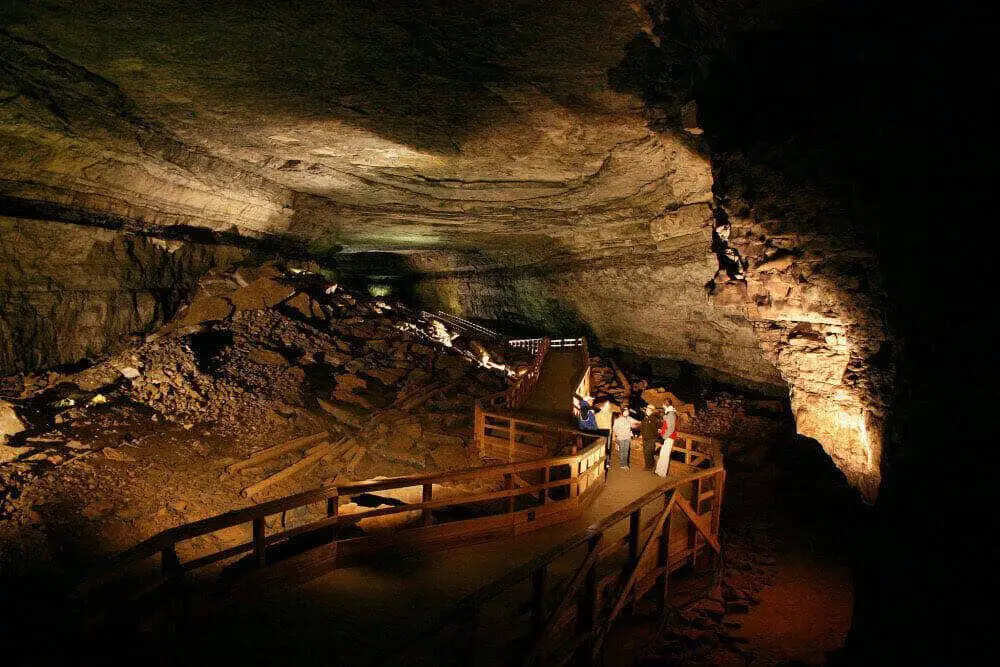
How Are Solutional Caves Formed?
Solution or solutional caves are formed when groundwater soaks through limestone, slowly absorbing carbon dioxide from the stone, and creating carbonic acid. This acid eats through the limestone creating cracks that slowly grow into larger and larger openings in the rock until they form caves.
Solutional caves are often the most ornate type of cave. Filled with mineral deposits called stalactites and stalagmites which dot the floors and ceilings with long tapered spikes of stone.
Often, these mineral deposits will create intricate formations.
How Are Primary Caves Formed?
Most often created from volcanic activity. Some forms of primary cave are Lava tubes which are made when the outer area of a lava flow cools while the center remains molten rock. Blister caves are another form of primary cave. They form when steam and carbon dioxide from erupting volcanoes create a bubble in a lava flow.
Lava tubes are long tunnels of black stone made from cooled lava. These tunnels often have openings in the ceilings where steam created from the lava escaped as it cooled. These openings are called skylights.
Blister caves appear as shallow, domed caves with partially collapsed openings. Due to their delicate nature, blister caves are rare and few are large enough to actually enter.
Primary caves are most common in volcanic areas such as Hawaii. Primary caves have also been documented on other planets. The earth’s moon, mars, and venus have all been shown to have lava tubes.
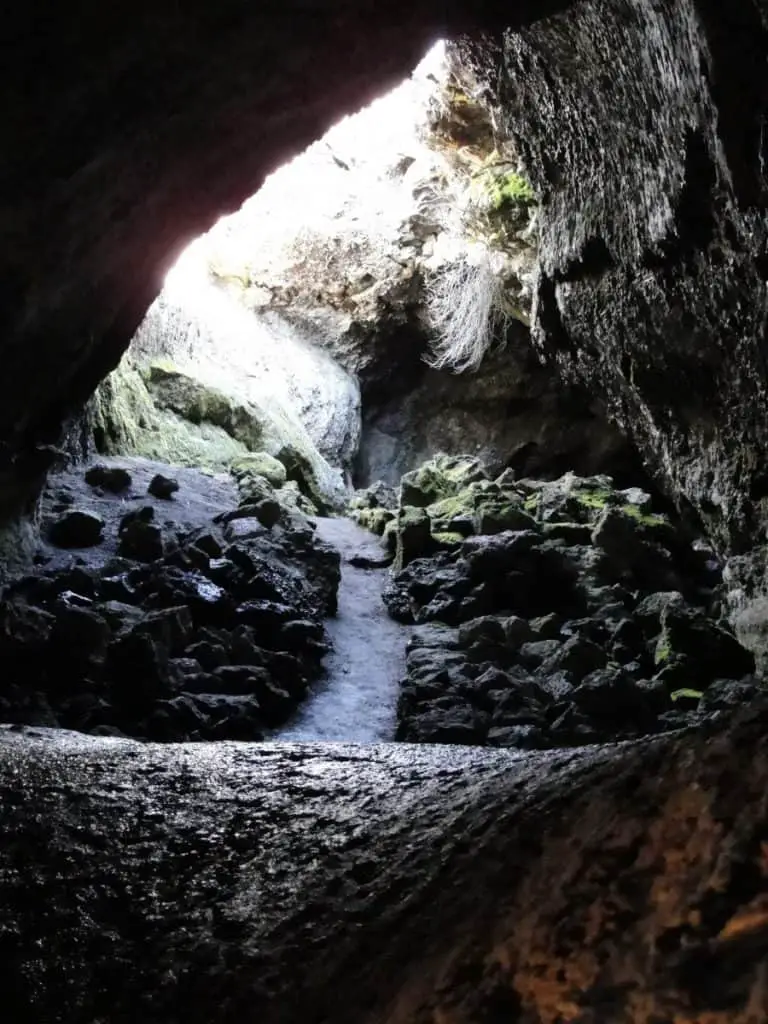
How Are Erosional Caves Formed?
Also called erosional caves, are caves formed by abrasive particles wearing away at the stone. Because of how these caves are formed there needs to be some sort of weakness in the stone that wind or water carrying abrasive particles can start eroding away over an extremely long period of time.
The most common type of corrosion caves starts as solution caves. The key difference between the two is the presence of harder types of stones, like granite, forming the interior of the cave.
Corrosion caves often have smooth interiors created from years of weathering. Different types of layered stone often give the cave walls streaks of color.
These types of caves can be found all over the world. Often, they begin life as a solutional cave.
The key difference is that solutional caves are lined with softer stone than corrosion caves.
A subcategory of erosional caves is Eolian Caves. Eolian caves are caves created by wind blowing sand particles against a cliff face. Eolian caves often take a bottle shape, being smaller at the front and wider at the back.
How Are Sea Caves Formed?
Sea caves are created by waves wearing away weak points in cliffs that line shorelines in coastal areas. In time the weak points become larger and larger creating tunnels and caverns into the cliffside.
Sea caves are often partially or fully submerged under the water making them difficult to access. Some caves may even have an opening in the ceiling of the cave called a blowhole. Blowholes are created when the pressure from waves flooding the cave requires an outlet causing water to create holes up through the ground above the cave.
Sea caves can be found along most coastlines and even some lakes. Some inland cave systems likely started as sea caves but became landlocked as oceans receded over time.

How Are Glacier Caves Formed?
Glacier Caves are made when sections of the glacier melt and seep into the cracks of the glacier. The outer layers of ice act as an insulator to the water, it will remain unfrozen and continue to melt a pathway through the glacier. Glacier caves often collapse due to the glacier’s natural movement.
Glacier caves are one of the most beautiful types of caves. Sunlight filtered through the ice gives a translucent blue shine to the inner passages.
Glacier caves can form anywhere it gets warm enough for pools of water to form on the surface of the glacier. Iceland is famous for its glacier caves.

How Are Talus Caves Formed?
Talus caves form when boulders fall together, creating a space in between them. Also called skree caves, these structures are prone to collapse due to landslides and rockfalls from surrounding cliffs.
Talus caves are typically very small but occasionally will interconnect with other rock piles creating networks that can be several kilometers long.
The largest talus caves known are found in the New York and New England areas of the United States.
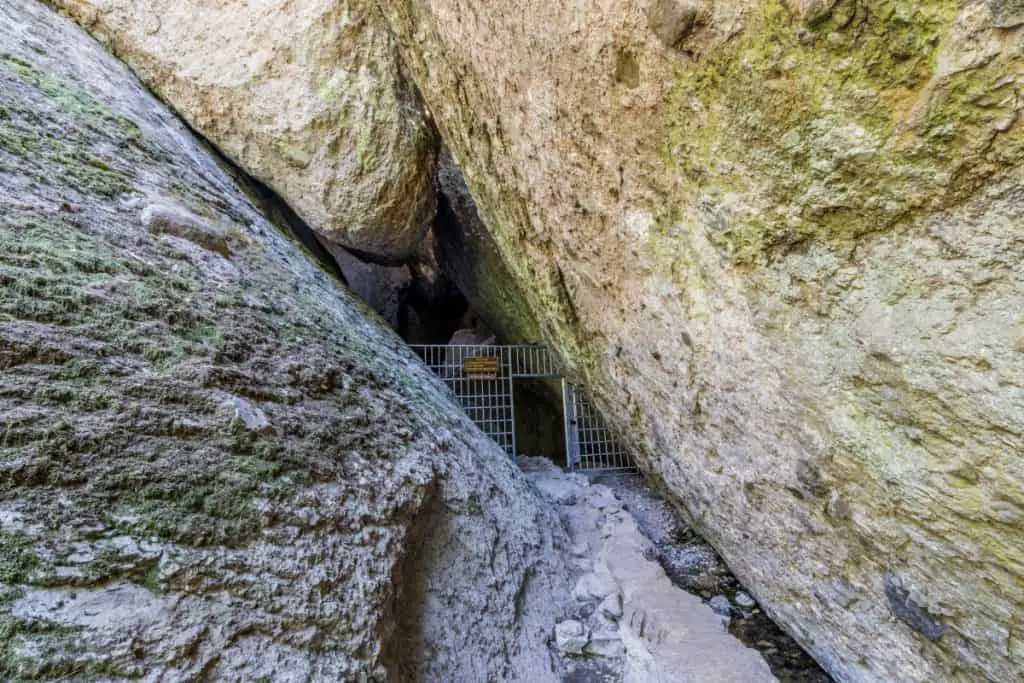
What Are Fracture Caves?
Fracture caves are formed when layers of softer stone are layered with a harder stone. When the softer stone is worn away the weight of the remaining stone layers collapse on top of each other, creating an opening in the rock.
How Are Anchialine Caves Formed?
Anchialine Caves are landlocked caves connected to the ocean by underground rivers. The water found inside these caves is generally a mixture of salt and freshwater. The ratios of salt and fresh waters can vary depending on how far away the cave is from the coastline.
These caves are most often filled with water and can only be accessed using scuba equipment. Because of the unique conditions inside these caves many creatures can be found that don’t exist anywhere else in the world.
These caves are widespread and most common in areas with relatively young geology and aquifers. They can be found in Hawaii, Christmas island, and the Yucatan peninsula.
What Are Rock Shelter Caves?
Rock shelter caves are shallow indentations at the base of cliffs. These caves are formed when a cliff is composed of a harder stone type on top and a softer stone type on the bottom. These caves can be created in many ways depending on the environment they are in. In desert areas these shelters can be carved out by harsh winds, while caves in more humid areas are formed from water freezing inside the stone, causing the stone to break.
The Different Types Of Cave Networks
As caves form they can take many shapes and sometimes come together to form networks. Cave networks are made up of caverns connected by tunnels and passageways. These caverns and passageways can take many different shapes as they form. Some of the network shapes are Branch work networks, Pit caves, Ramiform networks, Spongework networks, Atostomatic networks, and Angular cave networks.
What Are Branch Work Cave Systems?
Branchwork caves are root-like cave systems with many tributaries and passageways that come together to form the main cavern.
What Are Pit Caves?
Pit caves are caves situated in a vertical shaft. Often starting as sinkholes these caves can be difficult to enter due to their vertical opening.
What Are Ramiform Cave Systems?
Ramiform caves are formed from large irregularly shaped chambers that are created from rising and lowering water levels eroding away the interior.
What Are Spongework Cave Systems?
Spongework caves are a three-dimensional cave system that is formed when solution caves intersect creating a random pattern.
What Are Atostomatic Cave Systems?
Atostomatic caves are braided passages that intersect and separate as it travels down a form or structure. Rarely they will cross into upper and lower passages.
What Are Angular Network Cave Systems?
Angular network caves are fissures of carbonate rock that have been chemically eroded. The erosion causes high, narrow passageways to form.
The creation of every cave is a unique set of circumstances. Just as these circumstances form the cave, they also form the interior landscape of the cave.
How The Interior Of Caves Are Formed.
As caves form it is common for them to develop secondary mineral deposits called Speleothems. Speleothems can be formed from many types of minerals but are most often made from calcium carbonate, which is found in limestone. Water that has been saturated with calcium carbonate will pool and drip in different parts of the caves. This water will leave a small amount of calcium carbonate behind as it dries. Over time the calcium carbonate deposits will build up creating delicate and unique structures inside of a cave.
What Are Dripstone Formations?
Dripstones are a category of formations that are created from dripping water saturated with calcium carbonate. Formations that form on the ceiling fall into the category of Stalactites which hang from the ceiling, and Stalagmites which form on the ground. Stalactites and stalagmites can also come in many different shapes and sizes and be broken down into subcategories based on their shape.
The Varieties Of Stalactites.
The typical shape of a stalactite is a long, tapered point hanging from the ceiling or wall of a cave. Stalactites grow continuously and can take several different shapes as they grow.
Soda Straw formations are long, thin, cylinders that lack the typical tapered end of a stalactite. The ends of these formations most often end in a flat or rounded tip.
Helictites are stalactites with offshoots that don’t point downward. Instead, the offshoots will twist and turn to create abstract shapes of stone.
Chandeliers are intricate clusters of stalactites hanging from the ceiling. These formations tend to be quite large and particularly impressive.
Ribbons are stalactites that are flat and look like stone streamers hanging from the cave ceilings.
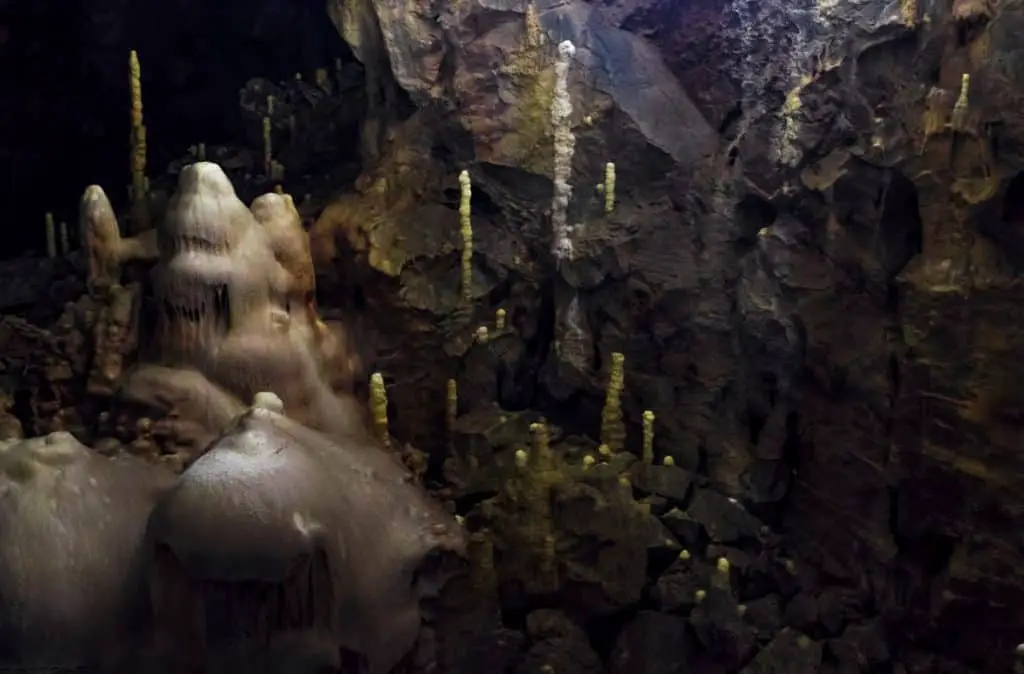
The Varieties Of Stalagmites.
Stalagmites are formed from the excess water that drips off stalactites. Like they’re counterparts, these can also take on many interesting shapes as they grow.
Broomstick stalagmites are tall and thin formations found on the cave floor. They can reach several feet in height and are very fragile.
Totem Pole stalagmites are thick and burled looking formations showing different sections of mineral deposit.
Fried Egg Stalagmites take the form of a smooth rounded mound surrounded by a “bubbly” looking edge extending outward.
Stalagmites and stalactites are forever growing. Over centuries of time, they can often meet one another in the middle forming a Column formation.
What Are Flowstone Formations?
Another form of mineral deposits in caves is Flowstone Formations. Flowstone formations are mineral deposits left by water flowing down in sheets along the walls and floors of a cave structure.
Draperies are thin wavy sheets of calcite. Similar to ribbon stalactites, these formations tend to be much wider. These formations can sometimes have multiple layers of color running through it. These examples are called Bacon draperies.
Rimstone Dams or Gours are created from the edges of water pools rippling outward similar to waves hitting a beach.
Stone Waterfalls are mineral deposits that look like water going over a ledge within the cave. These formations are typically very large and take millennia to form.
What Are Cave Crystals?
Another type of formation you may see inside caves are Cave Crystals. These formations tend to be rarer and more delicate than other formations. These crystals can be made from calcite or aragonite and are categorized by shape.
Dogtooth Spar are calcite crystals often found near pools of water. Made up of tiny spikes they often give the rocks they cling to a fuzzy appearance.
Frostwork crystals are needle-like growths that resemble ice crystals made up of aragonite or calcite.
Anthodites are long thin aragonite crystals clustered together like the top of a thistle flower.
Cryogenic calcite crystals are loose grains of calcite formed when water freezes and the minerals in the water separate.
Speleothem are formations created when minerals are deposited within existing cave structures. The inverse of this is Speleogen. Speleogen is when minerals and bedrock are removed from a cave through natural erosion.
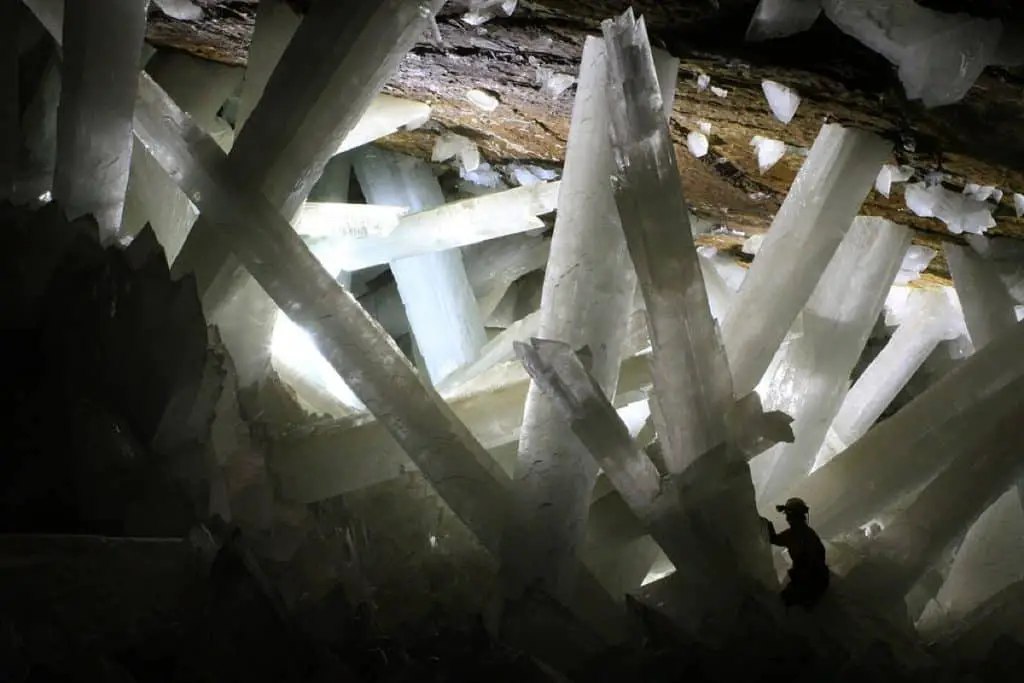
What Are Speleogens?
Speleogens are formations that are created from the removal of stone inside caves. Appearing as indentions and reliefs lining the interior of caves. Speleogens are generally not categorized the same way other formations are though they may be referred to as “scallops”.
Where Are Caves Found?
Stone based caves are most commonly associated with a type of terrain called Karsts. Karsts are areas of exposed soft stone (like limestone) with very little plant life with an absence of moving water above ground. Karst areas often have underground springs and rivers running through the area. The presence of underground water means these areas are extremely prone to sinkholes and landslides.
Karsts play an important role in the ecosystem. The porous stone allows water to quickly seep underground and deposits it in underground aquifers. These aquifers are crucial to the ecosystem as they are where rainwater collects and is dispersed by rivers and plants back into the water cycle.
Because karsts tend to be so porous, water is not filtered thoroughly before entering the aquifers. This means pollutants can be easily absorbed by the underground water stores and dispersed throughout the surrounding area causing damage to all of the plants, and animals that rely on the plants for food, water, and shelter.
Does Anything Live In Caves?
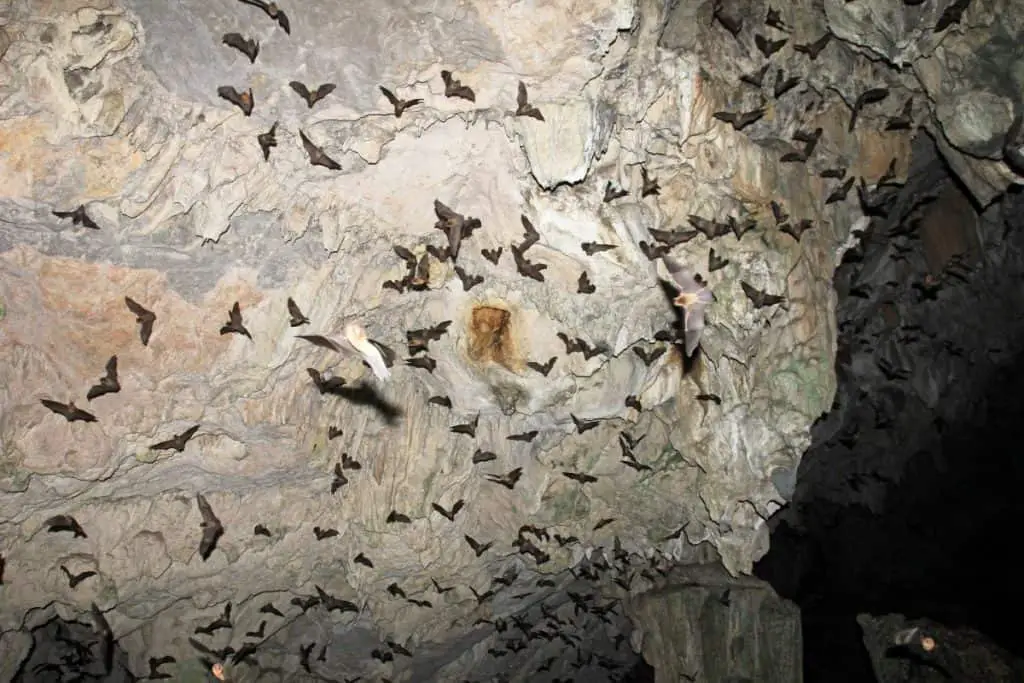
Another unique attribute of caves is their ecosystems. Because light does not penetrate a majority of cave systems, organisms have had to adapt to life without it. This has resulted in the evolution of some extremely unique creatures which inhabit cave systems.
There are several categories of these specialized organisms.
Trogloxenes are animals who take shelter in caves but do not inhabit them full time. Some examples of trogloxenes are bats, mice, and humans. These animals use caves but are not totally reliant on them. Trogloxenes are also responsible for a majority of nutrients that enter a caves ecosystem.
Troglophiles are creatures that are able to live their full life cycle inside caves but don’t necessarily have to. Organisms like crickets, salamanders, and crayfish are all capable of living inside or outside of cave type environments.
Troglobites are the most adapted caves dwellers. These organisms live their full life cycle within the cave ecosystem. Often troglobite organisms aren’t able to live outside of caves and may only be native to a single cave system. Troglobites are so specially adapted to their dark cave environment that many of them no longer have eyes or pigment in their skin for camouflage. Instead, they have enhanced senses of smell and touch to allow them to find food in their subterranean environment.
The Science Of Caves.
Because of their mysterious nature, it only makes sense that there would be a science of studying caves. Speleology is just that, the science of studying caves.
Speleology was first experimented with by John Beaumont, who was the first to write detailed descriptions of some caves in the Mendip hills of England in the 1680s. Speleology was later refined and popularized by Edouard-Alfred Martel, whose well-documented cave explorations brought the concept of speleology forward as its own genre of study. Before Martel’s work in the subject, speleology was only considered a contributor to other branches of science and not its own subject worth study.
Martel founded the Societe de Speleologie in 1895. This was the first organization entirely devoted to the study of the caves themselves and not just what was inside them.
Since then many organizations and clubs dedicated to caving have been created. These clubs are a great resource for learning about cave conservation and for finding out where local cave networks are.
The Sport Of Caving
As speleology grew in popularity so did the act of caving. Caving, also called spelunking or potholing, is the sport of exploring previously unknown cave systems. The sport of caving often overlaps with the science of speleology. Many caving enthusiasts are proficient in cave mapping and surveying.
Caving can be an extremely dangerous sport. Caves can often be filled with water, sudden drops, tight spaces, and suffocating natural gas. The most dangerous sub-category of caving is underwater caving. Underwater caving requires great technical skills in scuba diving as well as experience in cave exploration.
Caving is sometimes called the individualist’s team sport because it is recommended to explore caves with the safety of a group but still requires an individual to rely on their own skills to traverse the cave system.
Caves are often considered one of the last frontiers for exploration in developed countries. Because of this caves are often popular tourist attractions. Referred to as show caves, these attractions can be found all over the world. Show caves often have easy access pathways and lights installed to highlight the beauty of the cave and make it easier for people to travel through the system.
The contrast to show caves are virgin caves. Virgin cave systems are caves that have had little or no exploration done inside.
Cave Conservation
Because of the unique nature of caves’ ecosystems, they are extremely sensitive to outside contamination. Even something as small as human breath can potentially cause damage to cave systems. Scientists have found high levels of carbon dioxide created from human presence in caves can cause an increase in the cave’s average temperature causing dissolution of cave features.
Caves also provide a completely unique ecosystem for species, unlike any others. Many species of cave animals don’t have functional eyes or pigment in their skin. Some examples of these animals are the blind cavefish, shrimp, and some species of salamander.
The isolated nature of caves can also give rise to species that exist only within that single cave. Any damage to that cave’s environment could potentially cause the extinction of an entire species.
Some caves may have areas blocked off by tape due to particularly sensitive areas. These areas often have biological, archaeological, or aesthetical importance unlike any other caves explored by science.
In 1988 the United States government enacted the Federal Cave Resources Protection Act in order to expand the authority of land management agencies to aid in cave conservation on public land.
How To Prevent Damage To Caves.
As amazing as caves are they are also very delicate. When exploring caves, a person should always be mindful of what they’re doing and any damage they may accidentally cause.
Speleothem formations take centuries to form and they’ll continue to grow unless they are disturbed. If a person were to touch a formation there would be a risk of leaving dirt or oils on the formations and these foreign contaminants could potentially cause permanent marks or damage to the stone.
Animals inside the cave should also be left undisturbed. The cave is their home and should be treated as such. Do nothing that may disturb them or disrupt their natural behavior.
Anything brought into the cave must also be brought out. Any garbage or waste must be brought out of the cave to be disposed of properly.
Leave the cave exactly how it was found. Never take anything you find inside a cave unless it’s something another caver may have left behind.
Stick to a trail when entering a cave. Even the cave floors can be delicate and can be damaged easily. Walk lightly and try to keep on a trail if possible.
Caves are truly a beautiful, fascinating part of nature and the science behind them is also awe-inspiring in just how much can go into the creation of a cave. With so many different types of caves to explore, it only makes sense that people would be so drawn to them. Caves have been a part of human history since the beginning and they will continue to be a part of history as more and more is discovered about them and their inhabitants.
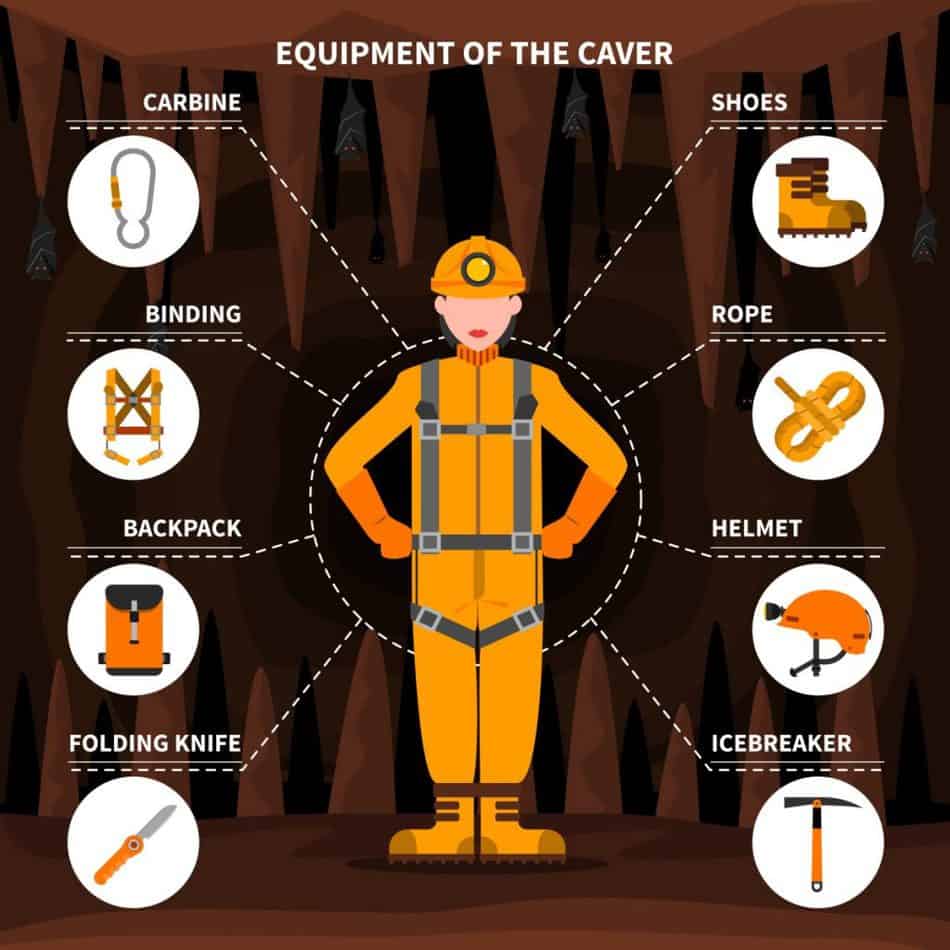
If you’re interested in caving, be sure to read my Beginners Guide and recommended gear section.

